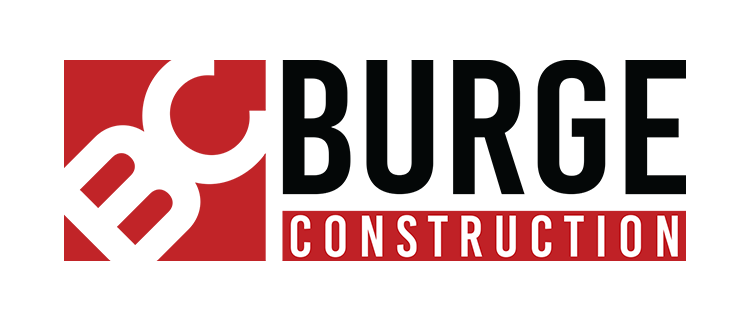Guide to Preconstruction Budgeting
Numerous strategy sessions take place before any construction team breaks ground—and rightfully so—according to a report from KPMG, only 31% of all construction budgets come within 10% of the budget, meaning that most construction projects come in over budget.
Unanticipated, maximized budgets don’t result in satisfied clients. That’s why Burge Construction spends ample time during this preconstruction project phase, where contractors jump into the budgeting deep end, tallying up and anticipating material and resource expenses, among other things.
This article provides insight into what goes into a strategic preconstruction checklist.
Familiarity with goals (and the market)
The client and contractor must initially meet to discuss their goals for the proposed project. Here, the client informs the contractor what they anticipate spending before analyzing the project’s details to see if they can meet the client’s proposed figure.
Determining whether a budget is realistic or not requires a pulse on other key factors, like market rates and historical costs. A tenured contractor also aims for the most accurate estimation by assessing fluid material pricing, current supply chain issues, labor (including subcontractors or other various resources), and contingencies.
The nitty-gritty
Some visible, some invisible—every project has costs that add up and contribute to the bottom line. Although some take place later in a build (during the construction or post-construction phases), they can still largely be accounted for an estimated during preconstruction budgeting:
Administrative tasks: Design engineering, permits, and paperwork costs fall into this category.
Labor: Many hands are needed for a construction project, from specialty contractors to the site crew.
Preparation of the site: Do we need to demolish an existing building or remove debris from the site? Soil testing, site inspections, and plan reviews are other critical steps.
Supplies and equipment: Although the supply chain constantly fluctuates, value engineering and reliable manufacturer resources make cost estimation possible for supplies and equipment.
Design: In the preconstruction phase, architects and the design team create models for the project. If approved, the materials and expenses necessary for these models should figure into the budget.
Cost overruns happen, but value engineering reduces the likelihood
Not all cost overruns are avoidable—especially considering market fluctuations that no one can control.
To remain as close as possible to the budget, contractors can hone in on value engineering—a systematic approach to meeting the client’s needs, aiming for the best price without sacrificing quality. For example, if the client is concerned about sustainability, the team will direct its efforts towards using the budget for eco-friendly materials. To offset these costs, the team can then look for cost savings in other areas.
Hire the Right Contractor
Are you in the early stages of planning a construction build, and want help devising the preconstruction budget?
Burge Corporation has more than 40 years of experience. We’ll walk you through every step of creating a preconstruction budget, recommending the most strategic route for your specific build to eliminate unforeseen costs.
Contact us today at (949) 492-1175 or follow us on LinkedIn to follow the rest of our Burge Construction Fundamentals series.
